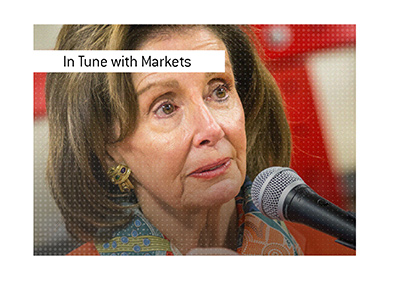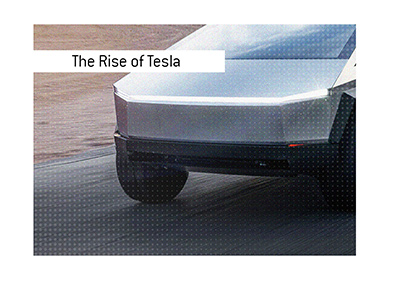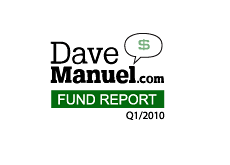Why Do Companies Announce Stock Splits or Reverse Stock Splits?
 Let's cover the topic of regular "stock splits" first.
Let's cover the topic of regular "stock splits" first.Why would a company want to split their stock?
Let's look at a fictional example. Let's take a company that is called XYZ. XYZ has had a great couple of years, and has seen their stock soar from a price of $10 all the way up to $100.
XYZ is still fairly undervalued compared to the rest of their sector, however, many of the other companies trade for a lower amount per share, even though their total market capitalization is higher. Most investors automatically equate a stock that is trader at a higher amount as "more expensive" than a company that is trading at a lower amount, so they will naturally gravitate towards buying the lower priced stock. Let's take another example. XYZ is trading at $100 and the entire company is valued at $10 billion. ZYX, in the same sector and in the same general business, is trading at $50 but has a market capitalization of $30 billion dollars. Which stock is cheaper? Many people wil assume that ZYX is cheaper and a better investment, even though it is worth three times as much, just because the shares are trading at a lower price compared to XYZ.
So, XYZ decides to announce a 3 for 1 stock split. Now, if you own XYZ, don't get too excited - this doesn't mean that your investment just tripled. It simply means that you will now own 3 shares of XYZ at $33.33 a piece, instead of one share of XYZ at $100.
So why would a company announce a stock split? Mainly psychological reasons. Now that XYZ is trading at $33 per share instead of $100, many investors will now view it as a better deal that ZYX and want to buy XYZ, even though the company itself is worth exactly the same amount. Also, a stock split signals to the investment community that XYZ management believes that the stock is going to trade higher, which is why they are splitting their stock. Again, the reasons for splitting a stock are most psychological. Companies like Google and Berkshire Hathaway have NEVER split their stock ever and it certainly hasn't hurt their business. However, I guarantee that if Google announced a 10 for 1 split tomorrow and suddenly the shares were $60 per share instead of $600, then many people would suddenly view Google as "affordable" and want into the stock.
Now, what is a reverse split? It is exactly how it sounds - a company will announce a "reverse split", and this means that in the case of say a 1 for 10 reverse split, your 10 shares in XYZ that are worth 40 cents each suddenly transform into one share valued at $4 a piece.
Why is a reverse split done? Normally for reasons that aren't that encouraging for the company in the long-term.
Many times, a reverse split is done to maintain listing requirements on a stock exchange. Let's take a stock on the Nasdaq that needs to trade at $1 or higher in order to maintain their listing. A company that is trading at 30 cents per share might enact a 1 for 10 reverse split in order to maintain their listing on the Nasdaq. This stock would suddenly be trading at $3.00 per share and would be able to maintain its listing.
However, the announcement of a reverse split usually means that a company is heading straight into the toilet, and you should be very careful of companies that announce reverse splits, but it usually means that the stock will trade even lower in the short and long-term.
Filed under: Stock Market Education | General Knowledge



